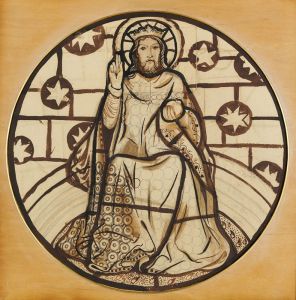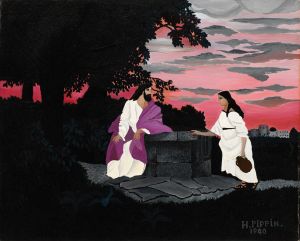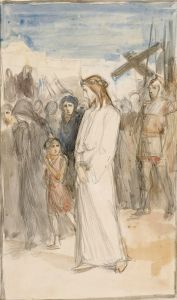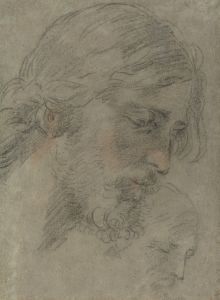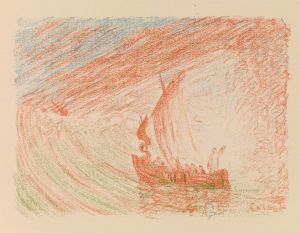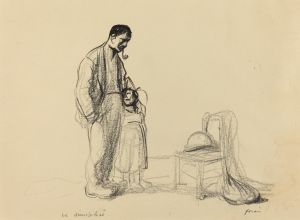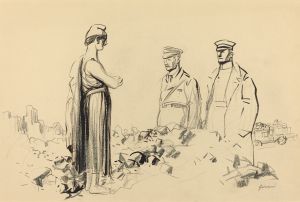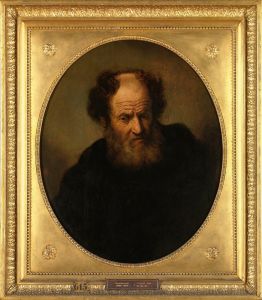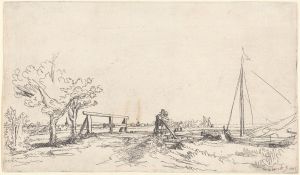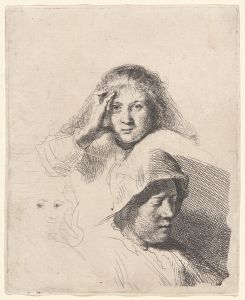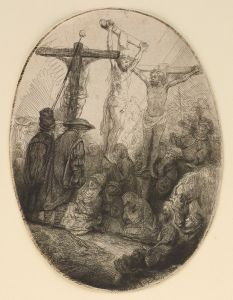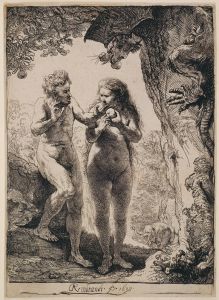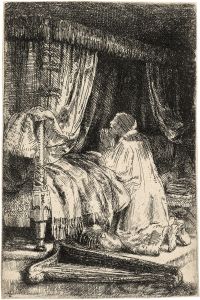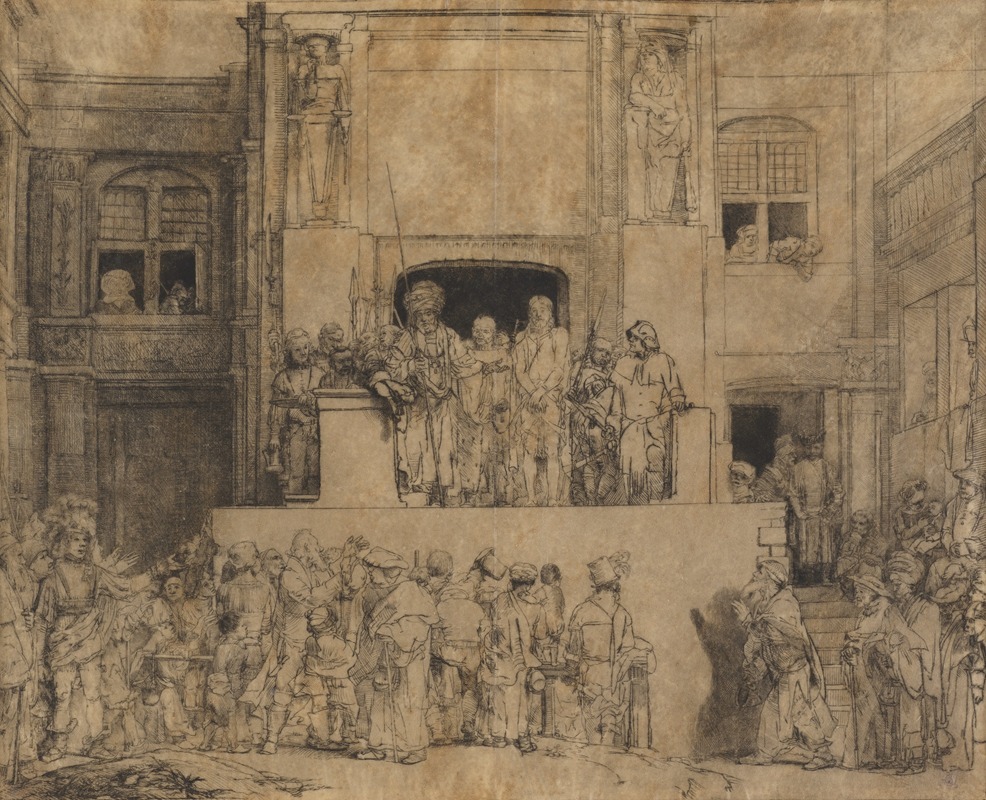
Christ presented to the people; the oblong plate
A hand-painted replica of Rembrandt van Rijn’s masterpiece Christ presented to the people; the oblong plate, meticulously crafted by professional artists to capture the true essence of the original. Each piece is created with museum-quality canvas and rare mineral pigments, carefully painted by experienced artists with delicate brushstrokes and rich, layered colors to perfectly recreate the texture of the original artwork. Unlike machine-printed reproductions, this hand-painted version brings the painting to life, infused with the artist’s emotions and skill in every stroke. Whether for personal collection or home decoration, it instantly elevates the artistic atmosphere of any space.
"Christ Presented to the People; the Oblong Plate" is an etching created by the renowned Dutch artist Rembrandt van Rijn. This artwork is part of Rembrandt's extensive body of work in printmaking, which he pursued alongside his painting career. Rembrandt is celebrated for his innovative techniques and profound impact on the art of etching, and this piece exemplifies his mastery in the medium.
The etching depicts a biblical scene from the New Testament, specifically the moment when Pontius Pilate presents Jesus Christ to the crowd, asking them to choose between releasing Jesus or Barabbas, a criminal. This event is a pivotal moment in the Passion of Christ, leading up to the crucifixion. Rembrandt's interpretation of this scene is notable for its dramatic composition and the emotional intensity conveyed through the figures' expressions and gestures.
Rembrandt created this etching in 1655, during the later period of his career. By this time, he had developed a highly sophisticated approach to etching, characterized by his use of light and shadow, intricate details, and the ability to convey complex narratives. In "Christ Presented to the People; the Oblong Plate," Rembrandt employs these techniques to draw the viewer into the scene, emphasizing the tension and drama of the moment.
The composition of the etching is carefully arranged to focus attention on the central figures of Christ and Pilate. Rembrandt uses a combination of fine lines and areas of dense shading to create a sense of depth and to highlight the emotional gravity of the scene. The crowd is depicted with a variety of expressions, ranging from curiosity to hostility, reflecting the diverse reactions of the people witnessing the event.
One of the distinguishing features of this etching is its oblong format, which is somewhat unusual for Rembrandt's work. This format allows for a panoramic view of the scene, giving the viewer a sense of being part of the crowd. The elongated shape of the plate also enhances the horizontal movement within the composition, guiding the viewer's eye across the scene.
Rembrandt's etchings, including "Christ Presented to the People; the Oblong Plate," were highly sought after during his lifetime and continue to be valued for their artistic and historical significance. They demonstrate his ability to convey complex human emotions and narratives through the medium of printmaking. His work in this area had a lasting influence on subsequent generations of artists, contributing to the development of etching as a respected art form.
Today, "Christ Presented to the People; the Oblong Plate" is held in various museum collections, where it is studied and appreciated for its technical brilliance and its insight into Rembrandt's interpretation of biblical themes. The etching remains a testament to Rembrandt's skill as an artist and his deep engagement with the human condition, as expressed through the stories of the Bible.





